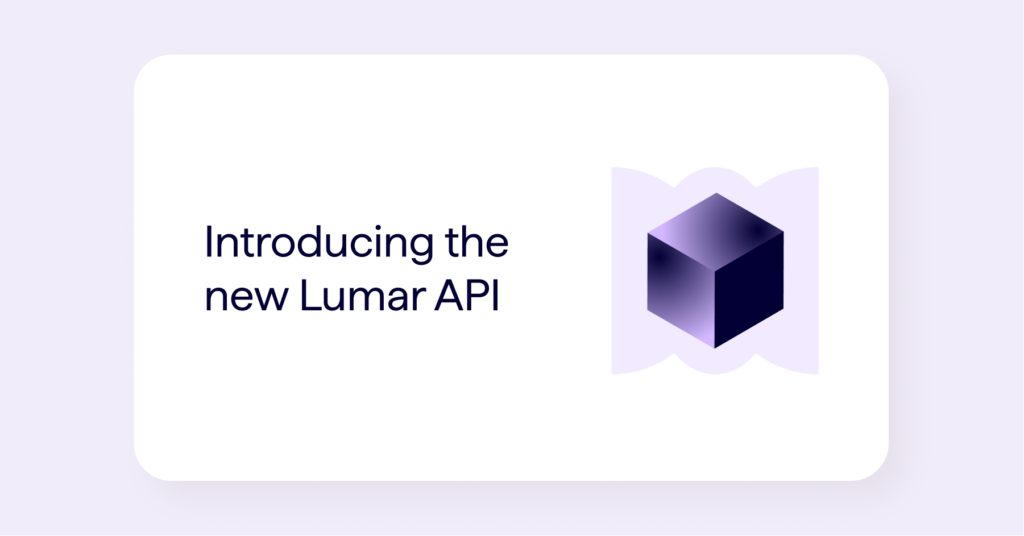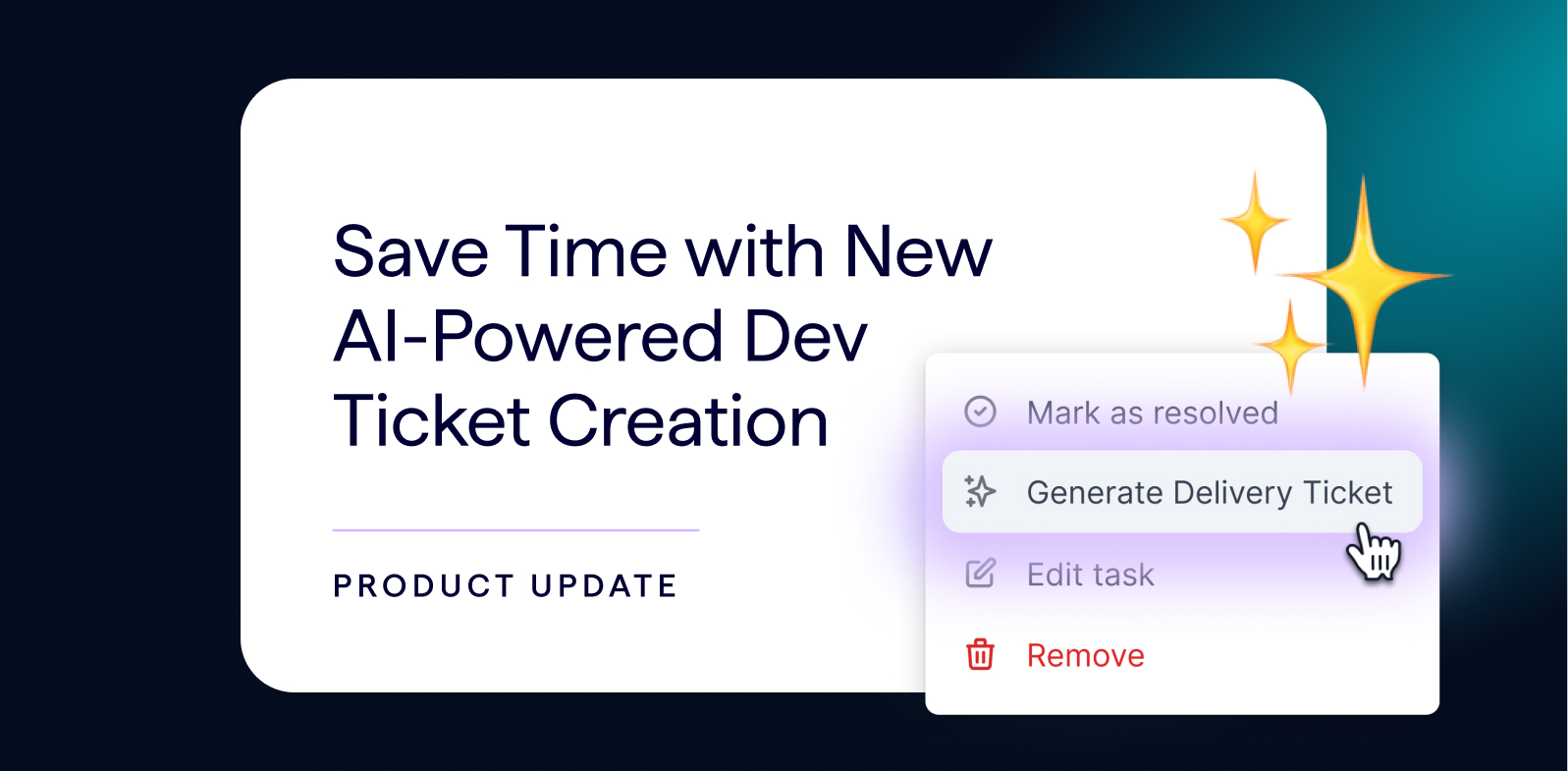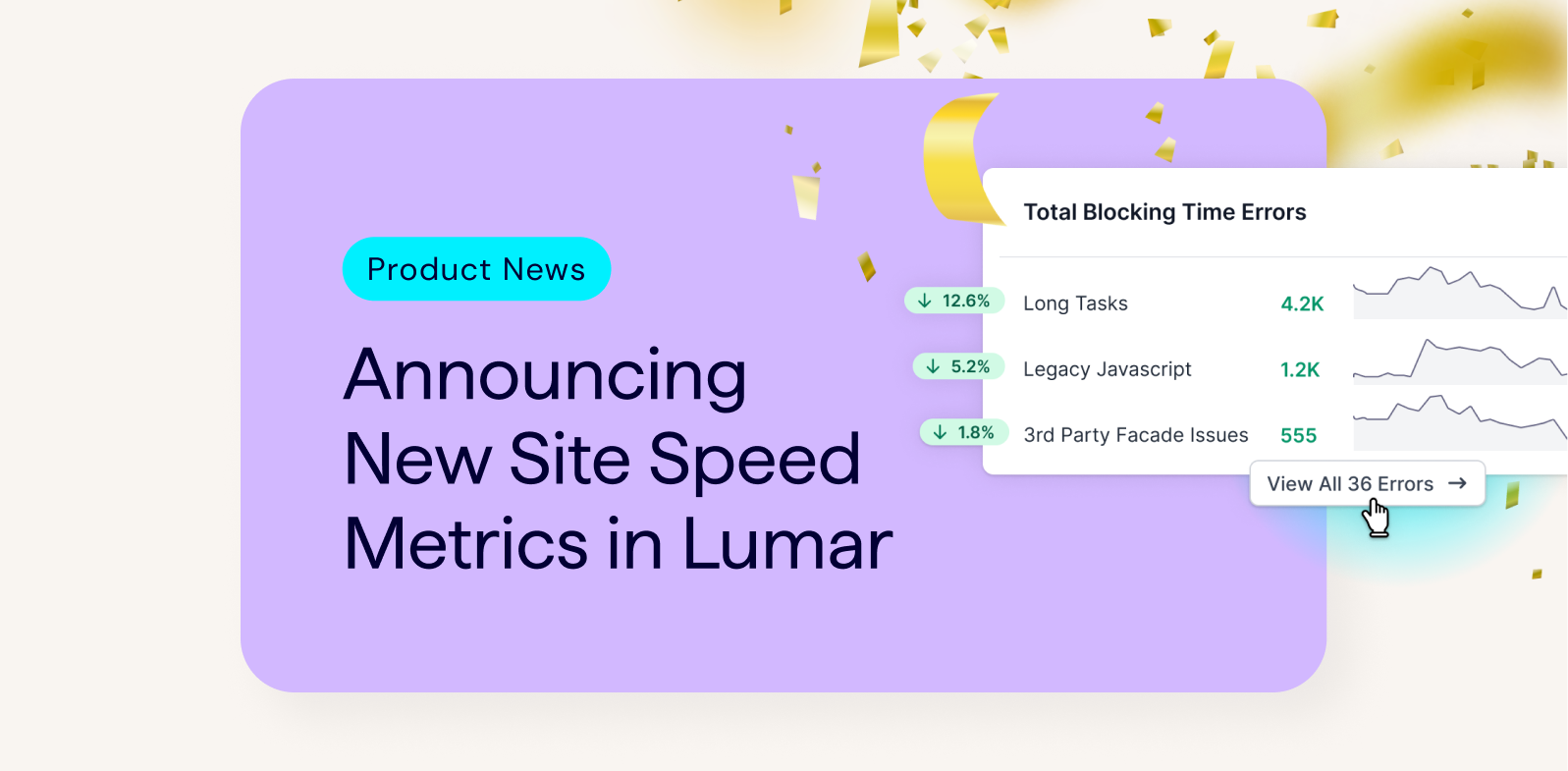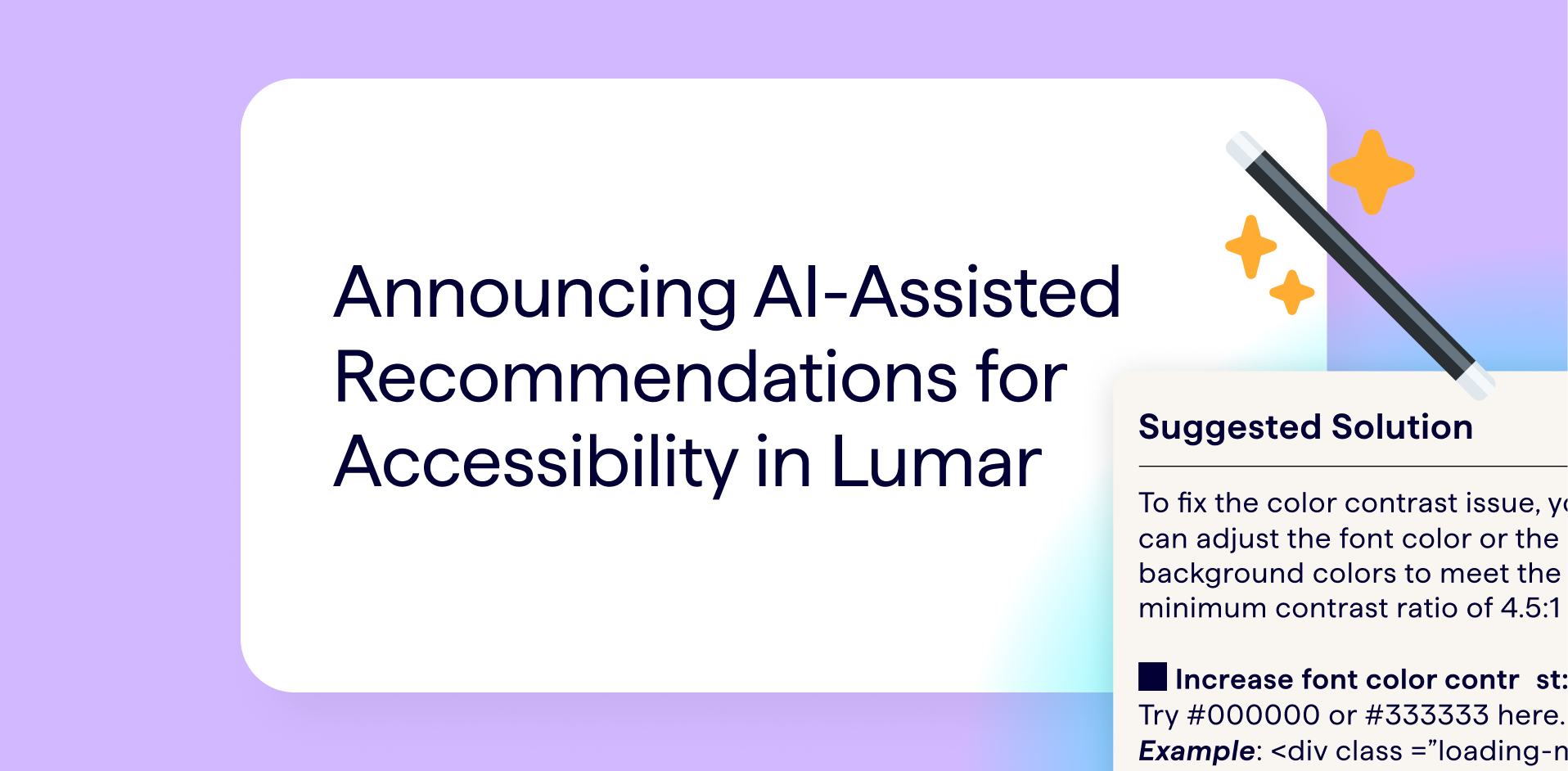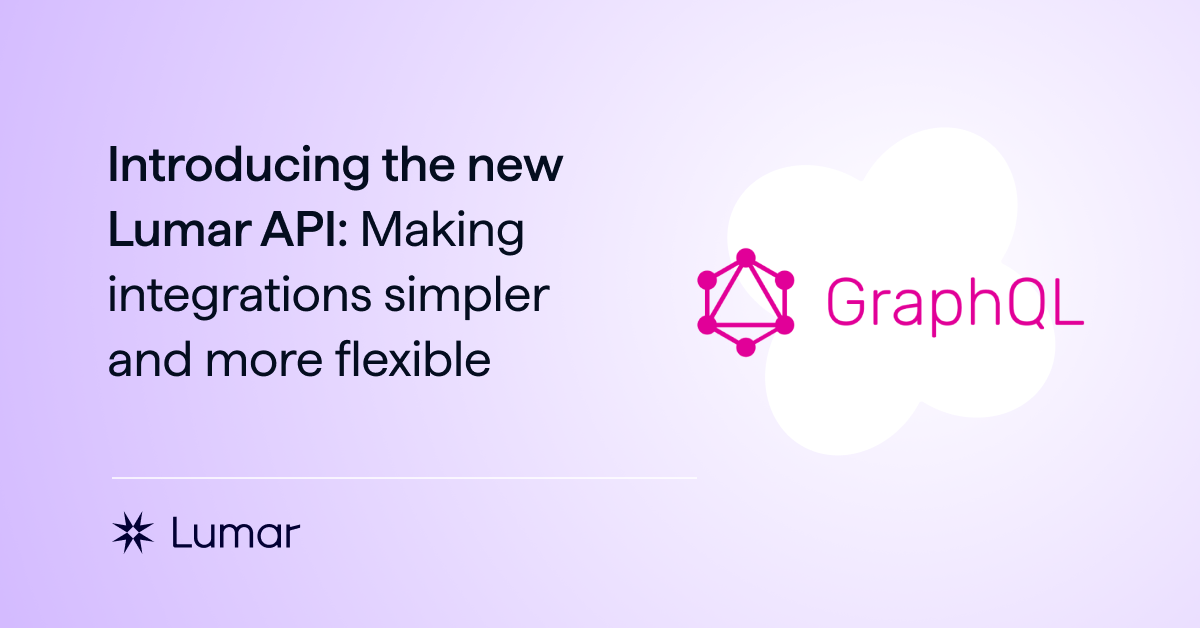
We announced our new Lumar platform upgrades last month and our new integration for Wix just a few weeks ago, but we’re already ready to share even more Lumar news!
The latest development? A new Lumar API that gives our customers even more power and flexibility in how they integrate their Lumar crawl data!
We’ve built the new API with GraphQL to ensure your integrations run quickly and pull in the exact information you’re looking for. (And don’t worry, if you’re already using the legacy API, we’ll continue supporting it until the beginning of next year, so there’s plenty of time to migrate to the GraphQL version!)
What can you do with the new Lumar API?
Using the new API, you can write applications that make the most of Lumar’s many great features—deployed in your own environment, using the programming language and platform that you prefer.
Based on the latest GraphQL technology, our new API allows integrations to request the exact Lumar data you require, reducing bloat and load-time. This means:
- Quicker queries. Because the API only requests the data that’s needed, queries can be completed in less time.
- Single API. We can now provide a single API for integration with all of our current (and future!) apps.
- Easier integrations. GraphQL is self-documenting and can be used with your preferred tool, simplifying integrations.
- More opportunities. Customers and partners can use their Lumar-sourced data in any way they like, increasing options for integrations and reporting.
To find out more, access the API documentation here.
Now powered by GraphQL
Why have we upgraded to a GraphQL-powered API instead of relying on the older REST query language? Put simply: it’s better, faster, and more reliable for our customers.
Per GraphQL:
“While typical REST APIs require loading from multiple URLs, GraphQL APIs get all the data your app needs in a single request. Apps using GraphQL can be quick even on slow mobile network connections.”
This query language allows users to build fast-running integrations and create tailored requests that won’t pull in any extraneous data that might otherwise slow things down. Using GraphQL’s ‘type’ system will also help you make sure that any apps you build are only asking for what’s possible (and any errors are clearly identified and understood for easy troubleshooting).
We want to empower our customers to get the absolute most out of their Lumar data (as you likely know, there is a lot of actionable data in our crawls). Our new API provides even greater flexibility for Lumar customers to do just that.
Want to learn more about what else is new at Lumar? Check out our New Experience update and our recently acquired SOC 2 Type 1 data security certification.
